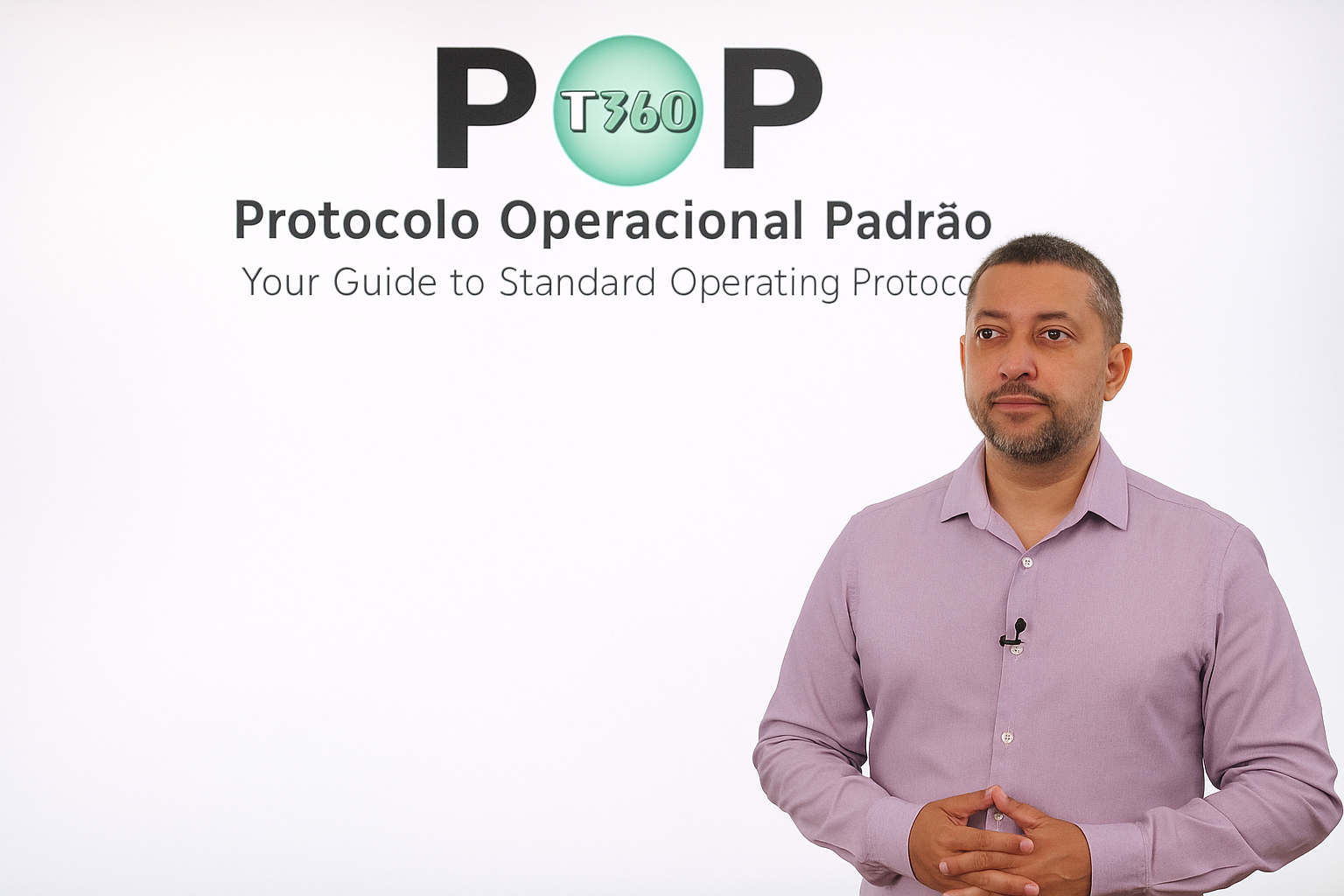Introduction
A protocolo operacional padrao is a clear, step-by-step document. It helps teams perform tasks the same way every time. This article covers procedimentos operacionais, manual de normas, padronização de processos, gestão de qualidade, and instruções de trabalho. You will learn what it is, why it matters, and how to write one.
What Is a Protocolo Operacional Padrão?
A protocolo operacional padrao (POP) is a written guide. It describes every step needed to do a task. It is also known as Standard Operating Procedure (SOP) in English. Its purpose is to ensure consistency, quality, and safety. It’s a formal tool used in many fields—health, industry, offices, and services.
Key Benefits of Using a Protocolo Operacional Padrão
- Consistency and quality
Schedules, results, and performance stay the same. This reduces errors and waste. - Faster training
New hires learn with a clear manual. They follow instruções de trabalho to do tasks well. - Better gestão de qualidade
Following the protocol ensures consistent results and compliance with standards. - Safety and risk control
Steps include safety guidance. This cuts accidents and compliance issues. - Ease in audits and certifications
Documents support ISO, GMP, or other quality frameworks.
Common Components of a Protocolo Operacional Padrão
A strong POP includes:
- Title and ID
Clear name and version of the protocol. - Objective
Why the protocol exists. - Scope
Where and when it applies. - Responsibilities
Who executes and who oversees each step. - Resources and materials
Tools, equipment, or supplies needed. - Step-by-step procedure
Clear, action-oriented steps. - Quality and safety criteria
Measures or thresholds for performance and safe execution. - Troubleshooting or contingencies (optional)
Tips for common issues. - References
Related documents, manuals, or policies. - Revision history
Dates, version updates, and change notes.
Why Use a Manual de Normas or Instruções de Trabalho?
A manual de normas gathers all POPs in one place. It serves as a structured handbook for your team. Instruções de trabalho are simple guides for operators. They are part of the POP family. Together, they support padronização de processos and quality management.
How to Write a Protocolo Operacional Padrão
Follow these steps:
- Select the process
Choose tasks with high error risk or inconsistency. - Consult stakeholders
Talk with those who perform the task. Their insights matter. - Map the process
Break the task into clear steps. Optionally use diagrams. - Draft the protocol
Use simple, direct language. Keep sentences short. - Test it out
Let someone follow it. Find gaps or confusing parts. - Review and approve
Get feedback from supervisors or quality staff. - Train the team
Make sure everyone knows how to use it. - Monitor and update
Regularly review and keep it current.
Common Mistakes to Avoid
- Too much jargon
Avoid technical terms that confuse readers. - Too general
Make it task-specific, not generic. - Ignoring feedback
Not involving the team leads to poor adoption. - Not updating
Protocols become outdated fast. Keep revising. - Overcomplicating
Keep it simple and practical.
Who Uses a POP?
- Healthcare (sterilization, patient intake)
- Food and service (cleaning, cooking steps)
- Manufacturing (machine operation, calibration)
- Administration (reporting, onboarding)
- Any other industry where tasks must be consistent.
Technology and POP
Digital tools help manage POPs better:
- Trello, Asana – task tracking
- Notion or Google Docs – shared documentation
- LMS – integrate POPs into training
This improves accessibility and ease of updates.
Summary at a Glance
| Factor | Benefit of POP |
| Padronização de processos | Consistency and predictability |
| Manual de normas / Instruções de trabalho | Clear guidebooks and task instructions |
| Gestão de qualidade | Better control and regulatory compliance |
| Procedimentos operacionais | Step-by-step clarity and reduced errors |
| Usability & readability | Easy training, clear language, better adoption |
Conclusion
A protocolo operacional padrao is more than a procedure. Its a strategic tool. It supports procedimentos operacionais, manual de normas, padronização de processos, gestão de qualidade, and instruções de trabalho. It leads to consistent results, safer work, faster training, and better quality. To succeed, create clear, simple, user-friendly POPs. Train your team well. Review and improve them over time. Your organization will run smoother and stronger.
FAQs
1. What is the main purpose of a protocolo operacional padrao?
To standardize processes, reduce errors, and maintain quality every time.
2. Who should write a POP?
The people doing the task, with input from quality or management.
3. How often should I update a POP?
At least once a year or when processes or rules change.
4. Is POP the same as a checklist?
No. A checklist is brief. The POP is detailed with clear instructions.
5. Can a small business use POPs?
Absolutely. Every team benefits from clear, consistent guidelines.
